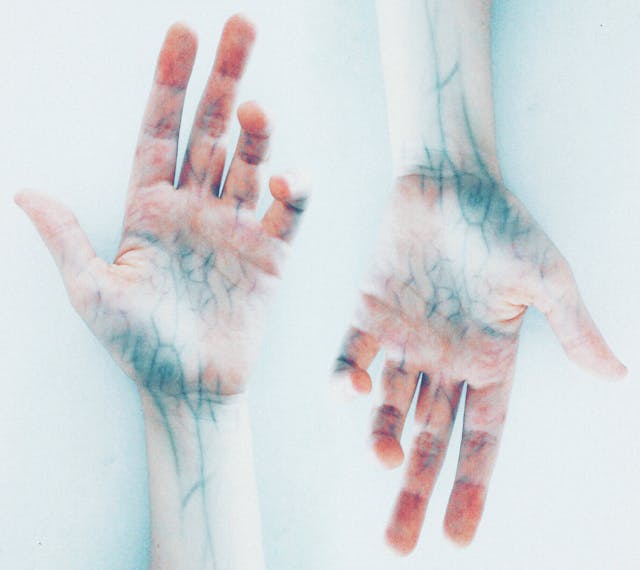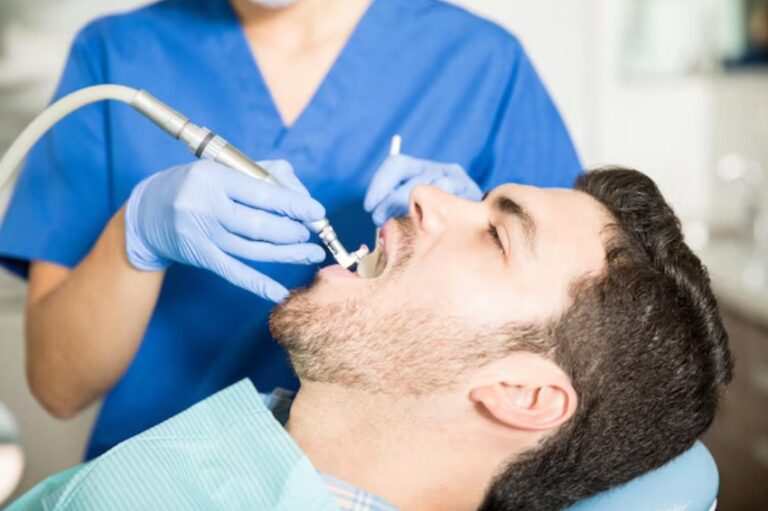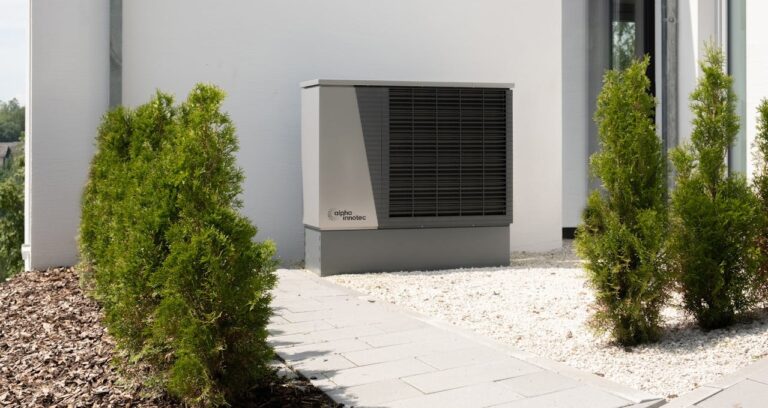
Spider veins, those small, twisted blood vessels visible just beneath the skin’s surface, are a typical condition. They can appear on the legs or face and, while typically harmless, can cause discomfort or cosmetic concern for some individuals. Advances in medical technology have led to innovative treatment options that target spider veins in minimally invasive ways. Here are several modern approaches to help you understand what each involves:
Radiofrequency Ablation
Radiofrequency ablation (RFA) is a heat-based technique that targets the affected veins with precision. Doctors use a thin catheter, which is carefully inserted into the problematic vein. Once in position, the device delivers heat energy generated by radiofrequency waves. This focused energy aims to cause the vein walls to heat up, collapse, and eventually close, redirecting blood flow to healthier veins.
The entire process is typically guided by ultrasound, allowing for high accuracy. A key advantage of RFA is that it includes steps that minimize risk, such as ensuring controlled heat delivery and selecting patient-appropriate settings. This approach doesn’t require open surgery, resulting in shorter recovery times compared to older methods. By addressing the underlying vein malfunction, radiofrequency ablation handles both the visible appearance and the underlying issue.
Sclerotherapy
For smaller spider veins and cases where surface-level treatment is sufficient, sclerotherapy is frequently used. This procedure involves injecting a specialized solution directly into the affected veins using an ultra-fine needle. The solution irritates the lining of the vein, prompting it to shut down and gradually fade from view.
Visible improvement may take several weeks as treated veins are absorbed by the body. It may be recommended in multiple sessions for widespread areas of spider veins. Additional factors, like proper post-procedure care, play a role in determining outcomes. Patients may need to wear compression stockings for a brief period after their appointment to support healing.
Medical-grade Glues
An innovative approach in vein treatment is the use of medical-grade adhesives, also called vein glues. This involves delivering a specialized adhesive substance to the vein through a catheter. The adhesive works by sealing the vein shut instantly. Blood previously flowing through it is redirected to nearby healthy veins, resolving the pressure buildup that causes spider veins.
Unlike heat-based options, this type of treatment doesn’t rely on thermal energy. The procedure is efficient and has fewer restrictions during recovery. Medical-grade adhesives may also avoid some of the limitations of other therapies, like potential risks associated with thermal damage to surrounding tissues. They may be used on larger veins, though their expanded use may apply. Many attributes of this technology make it a compelling addition to spider vein solutions.
Also Read: How to Improve Circulation in Your Legs Naturally?
Get Treated for Spider Veins
With the development of cutting-edge tools like radiofrequency ablation, sclerotherapy, and medical-grade adhesives, professionals now have a variety of options to address this condition. Treatments vary in approach, complexity, and recovery time, making it valuable to consult with a vein specialist to determine which method fits your needs. If spider veins affect your quality of life, take a proactive step. Contact a trusted vein clinic or healthcare provider today to explore treatment options that align with your goals.








